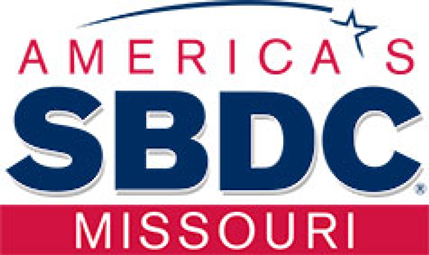One of the three forms a business owner often does not understand is a balance sheet. This form is one of the best methods for an owner to determine the financial health of a business and possibly start to see where to improve the business.
The balance sheet is divided into three parts — assets, liabilities and equity. An asset is something a business owns or that has value, like cash, equipment, inventory and investments. When completing a balance sheet, do not forget to include items for which you may not have complete ownership, like the building, a leased car, etc. There are two types of assets — current and noncurrent. A current asset can be turned into cash quickly (usually within one year), like cash, accounts receivable and inventory. A business owner would not normally expect to keep owed amounts or inventory past this one-year time frame anyway. A noncurrent asset is the opposite — it is not expected to be turned into cash quickly and includes fixed assets, such as land, facilities, equipment and cars. These assets tend to be used in creating sales for the business.
The sheet's second part focuses on liabilities. This is where the business reports what it owes to other people or businesses. Another name for these items is accounts payable. Again this section is divided into current and noncurrent liabilities, with the same time requirements as assets. That is, current liabilities are those that are paid off within a year, and noncurrent are those that would take longer than a year.
The final section is equity. It shows how much the business is worth to the owner(s), and should be the difference between assets and liabilities. This section can be either positive or negative, depending on what is happening within the business. If there is a decision to expand operations, then this section may be in the red due to increased expenses. If there was a significant increase in sales, the owner may decide to keep money in the business for future use and leave it in the black.
The one thing a balance sheet does not show is how profitable a business is. This is reported on the income statement (a form we will talk about in another column).
Your area Missouri SBDC can help answer questions, offers training and one-on-one appointments; reach out to a location near you.
The Missouri SBDC is funded in part through a Cooperative Agreement with the U.S. Small Business Administration. All opinions, conclusions, and/or recommendations expressed herein are those of the author(s) and do not necessarily reflect the views of the SBA.
